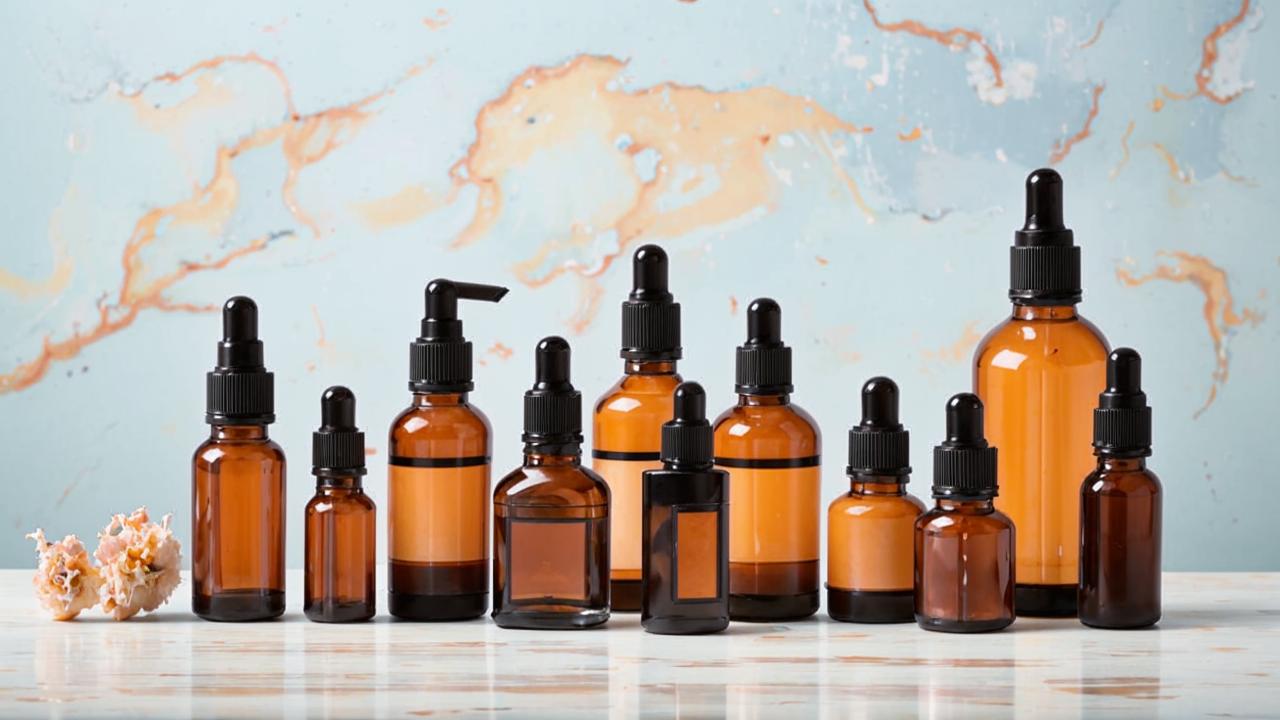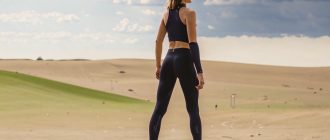A dermatovenerologist answers.
Fitness has beneficial effects on skin tone. For example, it helps to get rid of toxins and relieve puffiness. However, it should be borne in mind that sports can also harm, if irresponsible approach to self-care. Due to insufficient cleansing of the skin appear rashes, due to weight loss – sagging, due to the intensity of training – redness on the face. Together with a dermatologist we find out what problems can occur with the skin after training.

dermatovenerologist, cosmetologist
Before training it is very important to wash off makeup, and after – to apply a light cream or moisturizing fluid.
During outdoor exercise, especially in the summer, skin pigmentation increases. This happens because the level of melanin increases. Because of it, dark spots of various shapes and sizes appear locally on the face. During races, athletes often forget to apply SPF-cream, which protects the skin from the sun’s rays, prevents burning and hyperpigmentation. To delay the aging process, don’t forget to buy a mini version of this cream and put it in your gym bag.

Catherine: If we are talking about sweating during workouts, it is advisable to take a towel or napkins with you to the gym. Definitely should not wipe sweat with your hands, because you risk getting pyoderma. In general, skin diseases depend on the genetic predisposition of the patient. But nevertheless, those who are engaged in sports, first of all, the risk of rosacea increases, because the blood flow increases. Rosacea belongs to the category of angioneuroses, when the regulation of the vascular wall is disturbed and, as a consequence, the vessels can be paralytically dilated, which increases blood flow to the facial skin and leaves a persistent redness. Vascular asterisks are also common in professional athletes.

During training, water is removed from the body along with sweat, so the skin of athletes often suffers from dryness. If training takes place outdoors, the dermis is exposed to ultraviolet rays, wind and low temperatures, and in the gym – stress due to dry indoor air and dust. Regular visits to the pool make the skin even drier due to chlorine, so moisturizers are a must in your gym bag.

Catherine: Try to drink more water during exercise to avoid dehydration. It is important to exercise in comfortable, unrestrictive clothing. If a person has a history of atopic dermatitis, the form should be made of natural fabrics (cotton, as a rule) of light colors. Such a composition helps the body not to overheat, and light colors are especially important for people with allergies. Athletes with sensitive skin can get angiitis (bruising, permanent stains), so they should take the choice of sports uniforms seriously. If you tend to have dry skin, make sure you apply a nourishing or moisturizing cream to your skin after training. There are these SOS remedies for dryness. They are aerosolized so that there is less contact with the skin.

Hair Depletion
Chlorine in the composition of pool water negatively affects the quality of hair as well. It is used to kill bacteria and maintain hygiene. Chlorine makes the hair dry and weakened.
Also the cause of hair breakage can be frequent washing and blow-drying after workouts. It is recommended to take to the gym care cosmetics designed for frequent washing of hair. You can buy a smaller version of shampoo and other products that will be easy to put in your bag. When choosing cosmetics for hair, pay attention to the composition, it is better to take with proteins and oils. And before drying your hair with a hair dryer, use heat-protective sprays or serums.

Bruises and blisters on the body
In contact sports, bruises often appear on the body. In order to speed up the healing process, you need to reduce the diameter of the blood vessels. This will lead to less subcutaneous hemorrhage and the bruise will heal faster. The most famous and working method is to apply ice to the bruised place. You can also lift the injured part of the body up for five minutes – this will reduce the blood flow to the area of the bruise.
In addition, athletes often do not have time to heal calluses and corns. When the same area is subjected to mechanical impact for a long time, it is traumatized. Cracks and erosions appear. To prevent this from happening, calluses are formed. They make the skin immune to mechanical irritation.

Catherine: To avoid simple contact dermatitis, calluses and chafing, be sure to choose comfortable shoes. Very often athletes engaged in public fitness clubs and swimming pools, where a person can go barefoot, complain of contagious infectious diseases (nail and foot fungus, warts). To avoid them, be sure to get a personalized set of towels, slippers, etc.






